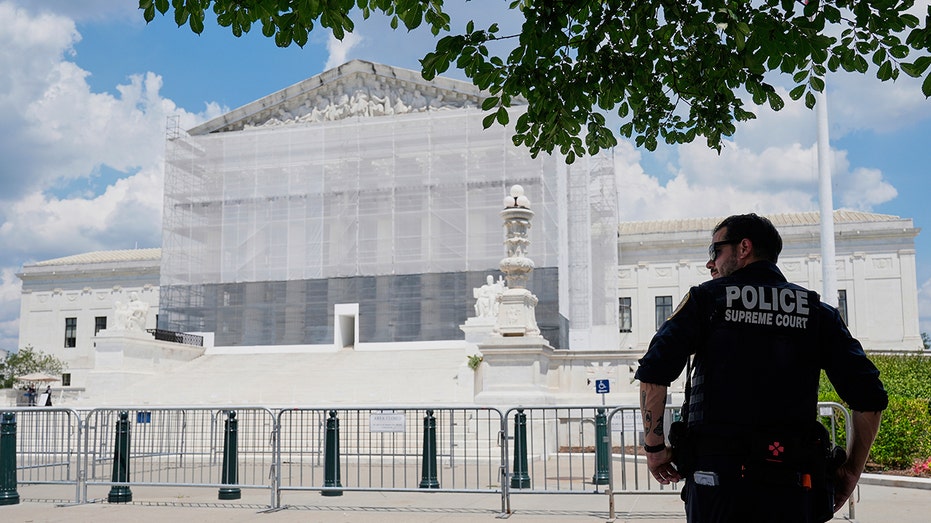A chilling echo of past events unfolded at UC Berkeley this week, as a Turning Point USA event became the target of violent disruption. What began as a scheduled gathering quickly descended into chaos when Antifa activists invaded, transforming the campus into a battleground.
Eyewitnesses described a scene of brutal clashes, with physical altercations erupting as darkness fell. One harrowing incident involved a man left with a visibly severe facial injury, blood streaming down his face during a fierce brawl. The escalating violence prompted law enforcement to don protective gear, preparing for sustained conflict.
The aggression wasn’t limited to physical attacks. A J6 protestor, who had received a pardon, had his shirt ripped from his body and a cherished MAGA hat deliberately burned by the protestors, all while officers reportedly remained largely inactive. The atmosphere was thick with tension and hostility.

However, the narrative presented by CBS News Bay Area reporter Amanda Hari starkly contrasted with the reality on the ground. She characterized the violent scenes as “lively” and, disturbingly, “mostly peaceful,” a phrase that immediately drew widespread condemnation.
This description resonated with a troubling pattern. It mirrored a similar incident during the 2020 BLM riots, when a CNN reporter described burning buildings as “fiery but mostly peaceful.” The parallel was not lost on observers, raising questions about a deliberate downplaying of violence.
Hari continued to describe the scene as simply “lively,” noting hours of chanting and protest. She acknowledged “tense moments,” but the overall impression she conveyed minimized the severity of the attacks and the palpable fear experienced by those present.

The report then pivoted to provide a platform for a young leftist to freely criticize TPUSA and its speaker, Charlie Kirk, labeling him with harsh and inflammatory language. This decision to amplify a biased perspective further fueled the outrage surrounding the coverage.
The response was swift and forceful. Critics pointed to the blatant disparity between the reporter’s account and the graphic images and videos circulating online, depicting smoke bombs, assaults, and widespread unrest. The phrase “mostly peaceful” quickly became a symbol of perceived media bias.
Many questioned the motives behind the reporting, suggesting a deliberate attempt to sanitize the actions of the protestors and downplay the violence inflicted upon those attending the TPUSA event. The incident sparked a renewed debate about media accountability and the responsibility to report events accurately and impartially.

The images spoke for themselves: protestors openly calling for harm, confrontations escalating into physical violence, and a clear disregard for public safety. Yet, the narrative presented attempted to frame it all as something less than it was – a dangerous and unsettling distortion of reality.





